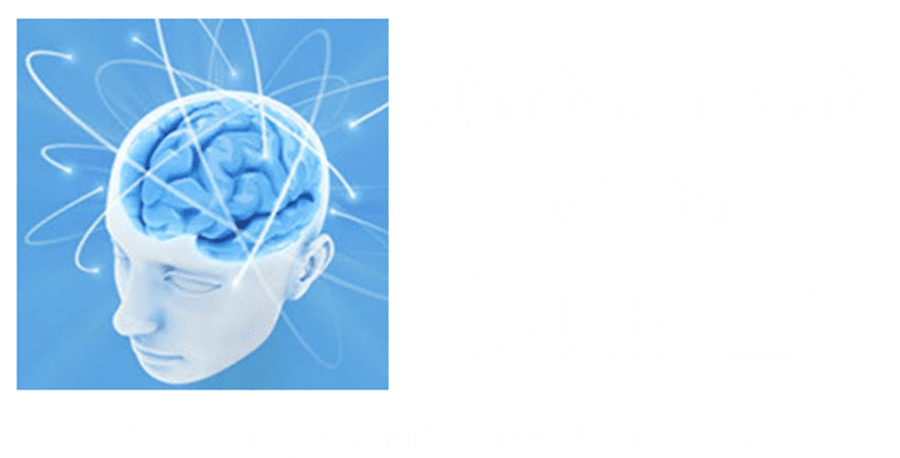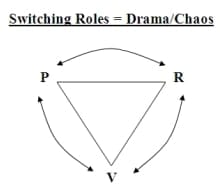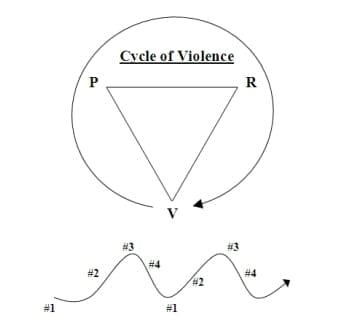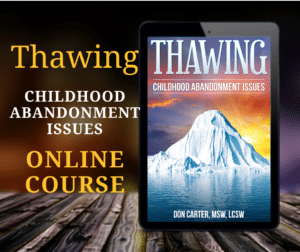
How We Put “Drama” in the Drama Triangle
The “drama” in the Drama Triangle comes from the players switching roles. The “roles” are the Survival Roles the players learned in their family of origin…either by the role modeling they received through watching their parents act-out the drama or by their own creativity in getting their needs met — i.e., help from their Little Professor.

They had to learn what roles, beliefs, and behaviors worked to protect themselves and help them get enough of what they needed to survive.
Don’t feel, Don’t talk, Don’t Think, and Don’t Trust are some common unspoken rules in a dysfunctional family.
The Survival Roles served to enforce the rules by creating an atmosphere where the only things one could predict with any certainty was what to expect if you broke one of these rules — chaos would erupt in some form through a familiar “family dance”.
The Three Rules of Chaos
There are three over-arching rules for creating a chaotic, unpredictable family environment…
There are three levels of severity when it comes to family dysfunction — mild, moderate, and severe — in Transactional Analysis (TA) terms “games” are described in terms of severity as first degree, second degree, and third degree. Below is an example of a second and third degree TA “game”. And let’s be very clear — in TA jargon, the term ‘game’ does not imply something that is played for fun… and even first-degree severity is enough to cause lasting consequences.
The Cycle of Violence
Another common rule in a dysfunctional family is “talk fast, don’t listen”. For example… a rage-a-holic father may show signs that he’s sorry for his latest tirade as a remorseful victim, then suddenly switch to a threatening, angry, blaming persecutor, then slip quickly into the role of rescuer by acting “too good to be true” and promising everything is going to be different this time — just before becoming the unappreciated victim again and starting the whole cycle over.
This particular family dance is called the Cycle of Violence. Below is a diagram of how this pattern fits into the Drama Triangle:

The circle around the drama triangle represents the “full circle” that the rage-a-holic goes through on one cycle. One thing the pattern above cannot represent is that the violence progressively worsens each time around. The wavy line beneath the triangle represents the ongoing, predictable nature of violence in a relationship where this is the issue:
- #1 Represents the Remorseful Victim mentioned in the scenario above the diagram.
- #2 Is a build-up of tension in the rage-a-holic
- #3 Is the acting out of the verbal, emotional, and eventually even physical acting-out of the Angry, Blaming Persecutor role.
- #4 Then in the “too good to be true” phase the rage-a-holic becomes the Rescuer who promises to make up for the transgression and never let it happen again.
- #1 Now back to the “Unappreciated Victim” who is listening to self-talk that causes a build-up of tension and another trip around the cycle.





